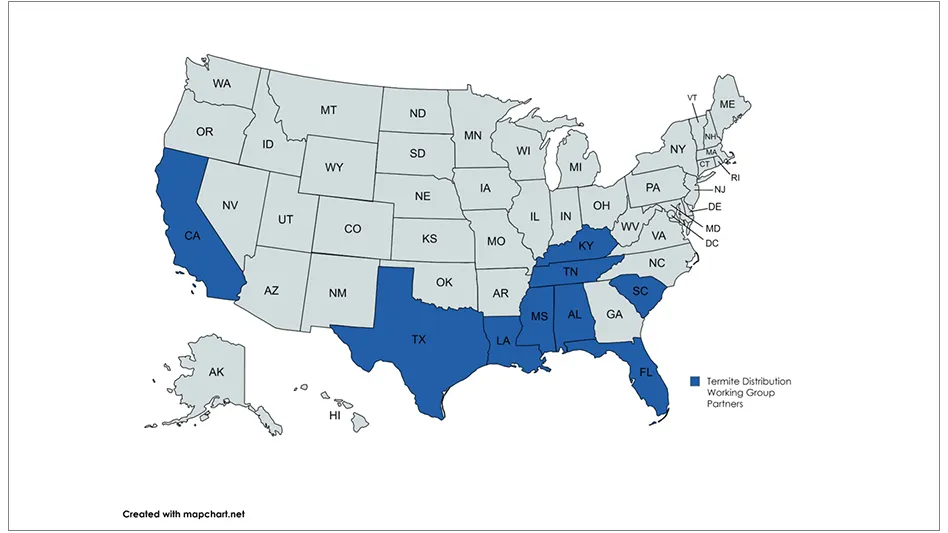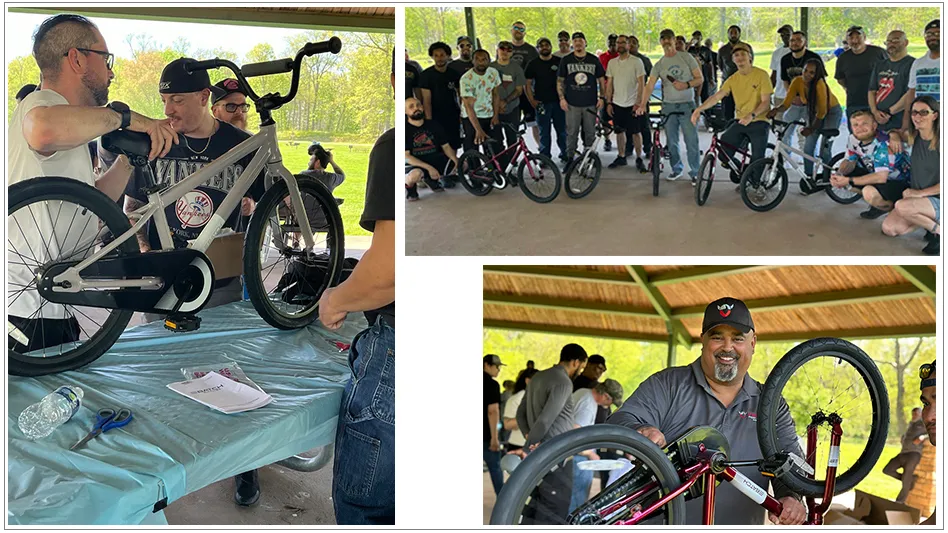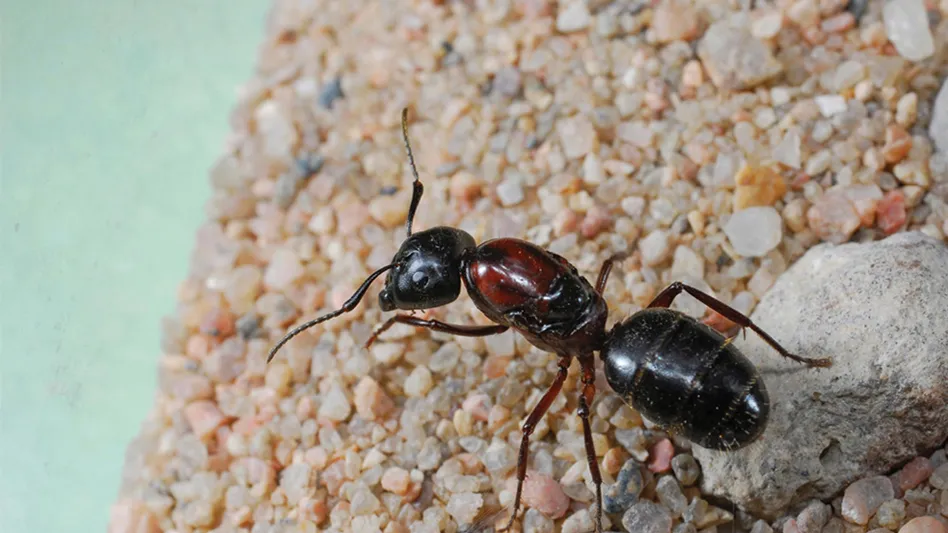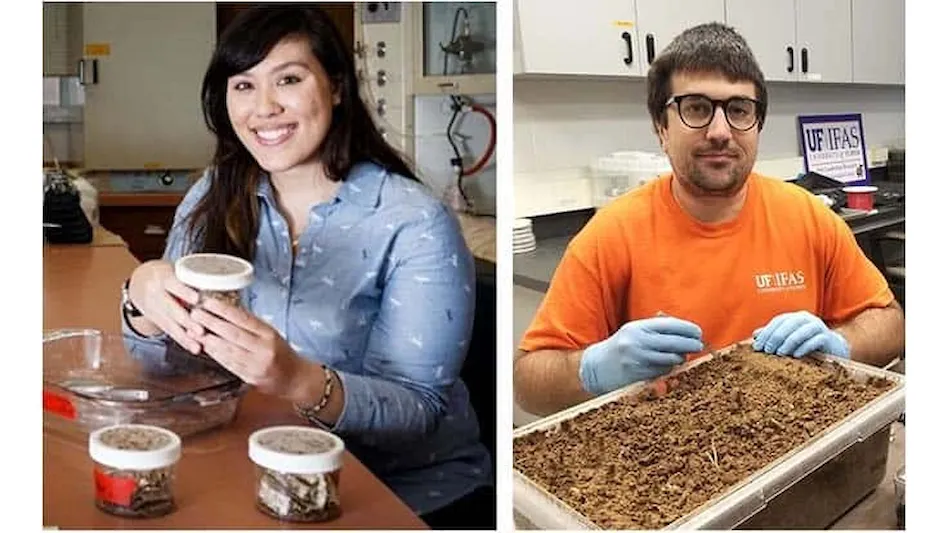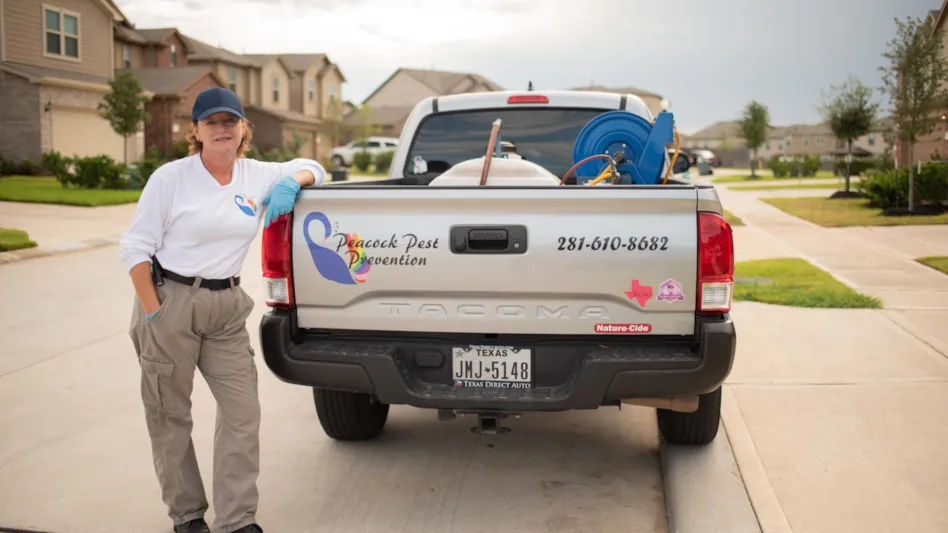
UF/IFAS-FLREC
FORT LAUDERDALE, Fla. — With its humid, subtropical climate, Florida is “ground zero” in the U.S. when it comes to invasive pests that may or may not make their way to other parts of the country.
As part of National Invasive Species Awareness Week, Dr. William Kern, an associate professor in the department of entomology and nematology at UF/IFAS Fort Lauderdale Research and Education Center (UF/IFAS FLREC), shared the top eight invasive species that invade households and empty wallets.
PCT caught up with Kern for a deeper dive into two of the pests that keep Florida pest management professionals (PMPs) busy — roof rats and Asian subterranean termites.
ROOF RATS. While Norway rats are the most pervasive rat species for PMPs throughout much of the U.S., that is not the case in Florida, where Kern said “they're usually associated with agricultural facilities like cow-calf operations or hog operations, or they're in inner cities.”

Roof rats are the dominant rat species in Florida. Roof rats are arboreal, moving through trees, hedges, along the tops of fences and atop wires. “There are a lot of ways that the rats can get into a structure. Probably one of the most common ways is to go up the pipe case right from the exterior AC unit up into the interior,” said Kern. “So going from the condenser to the expansion chamber inside.”
Another challenge, Kern said, is roof rats getting in through the sewer. Kerns said roof rats will enter down the sewer stack and into the back of the toilet and then emerge in the toilet bowl. During COVID, Kern said Florida had a horrible problem with this, because a lot of the state’s “seasonal residents” never made it down to the Sunshine State. “Their homes and apartments and condos were essentially vacant for 18 months,” he said. “So, the water dries out in the toilet bowl and in the drains. And then you have roof rats and American roaches come pouring into the apartments.”
Kern said Florida has seen quite a few apartments, condos and homes that have been completely trashed as a result of having large populations of roof rats move in.
While Kern acknowledged that roof rats may be underreported throughout the U.S., he said they are a “coastal phenomenon” usually not found beyond 100 to 300 miles from the coast, from Florida through the Gulf of Mexico, up the West Coast and into British Columbia, Canada.
TERMITES. As Kern noted in his blog post, the Asian subterranean termite (AST) is the tropical relative of the Formosan subterranean termite (FST). It originated in Southeast Asia and is now widespread in the Caribbean, Hawaii and Puerto Rico; it was first identified in Florida in 1996.

ASTs have rapidly spread in southeast Florida and this termite’s aggressive foraging behavior makes it a greater threat to tropical and subtropical Florida than the Formosan termite, Kern said. It currently is limited to Palm Beach, Broward, Miami-Dade and Monroe Counties, where residents spend $25 to $50 million per year on prevention, control, and repairs related to the termite.
ASTs are becoming more dominant than Formosan subterranean termites, which are believed to have been in Florida since the 1980s, Kern said. “Formosan subterranean termites are slowly losing out. The Asian subterranean termites are just producing massive swarms and are spreading much quicker than we ever saw from Formosan termites.”
Kern said he was aware of a vacant mansion in Palm Beach County, Fla., that completely collapsed after ASTs had feasted on it for 18 months. “The termites had completely eaten all of the structural wood in the house and it collapsed,” he said.
Another termite that is problematic in Florida, but rarely found in other parts of the U.S., is the West Indian drywood termite (WIDT). This termite originated in the Atacama Desert of western Chile and then spread widely by ships throughout the Caribbean and beyond. It is currently found throughout Florida, although more commonly near the coasts.
As Kern noted in the blog post, with an average cost of $2,000 per fumigation, Floridians spend an estimated $91 million to fumigate structures for WIDT every year.
Latest from Pest Control Technology
- The Role IPM Plays in a Rodent Control Program
- Sureguard Lawn & Pest Services Acquires R&B Pest Control
- Abell Pest Control Recognized as Top Workplace in Canada for Second Consecutive Year
- PCO Follows the Carpenter Bee Clues
- Bird Control Can Be Lucrative, But it’s Not for Every Company, PCOs Report
- Gerry Wegner on the New PCT Field Guide to Stinging and Biting Arthropods
- PCO Bookkeepers & M&A Specialists Recognize Pinnacle Performance Award Winners
- Ground Control
